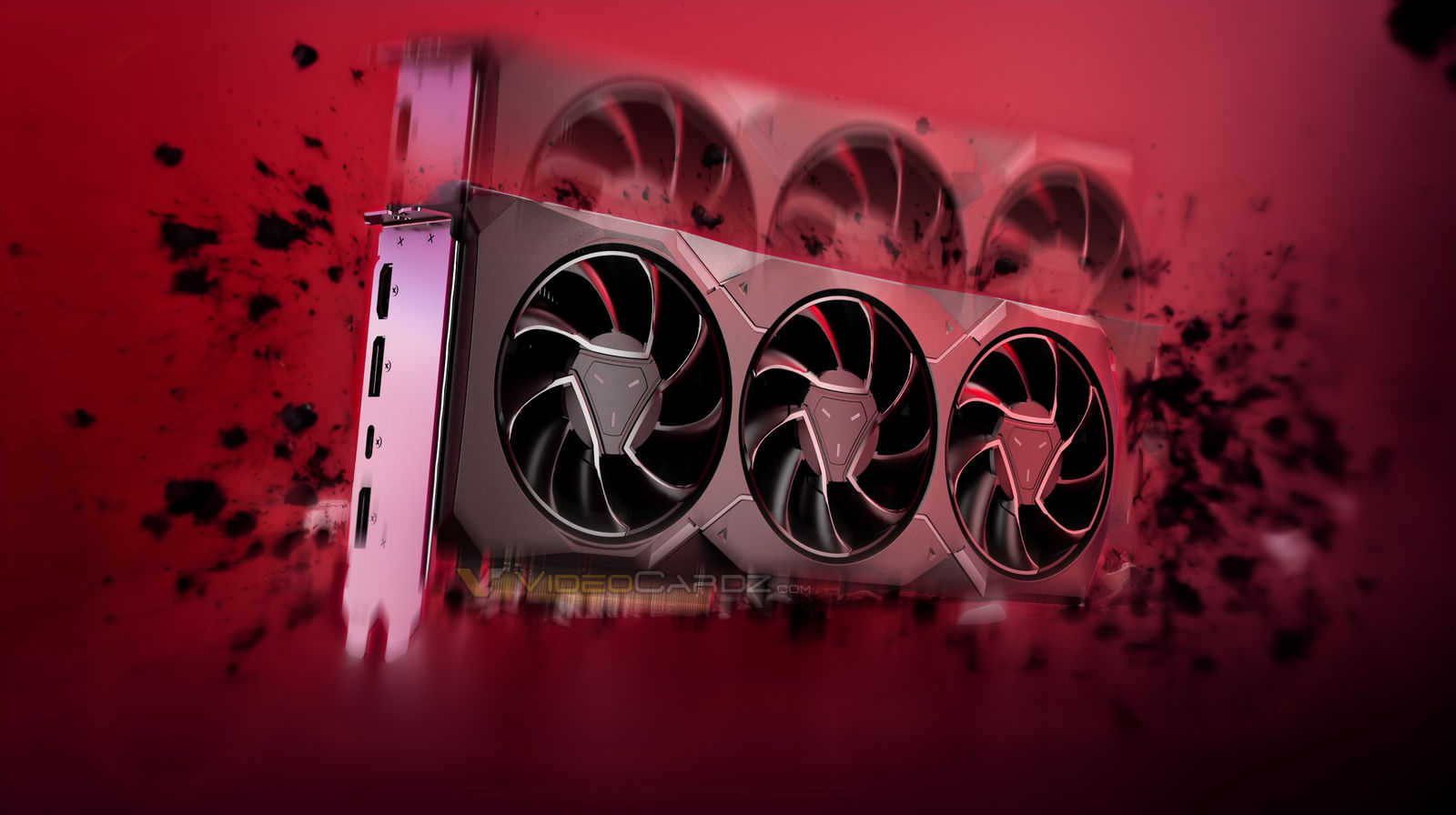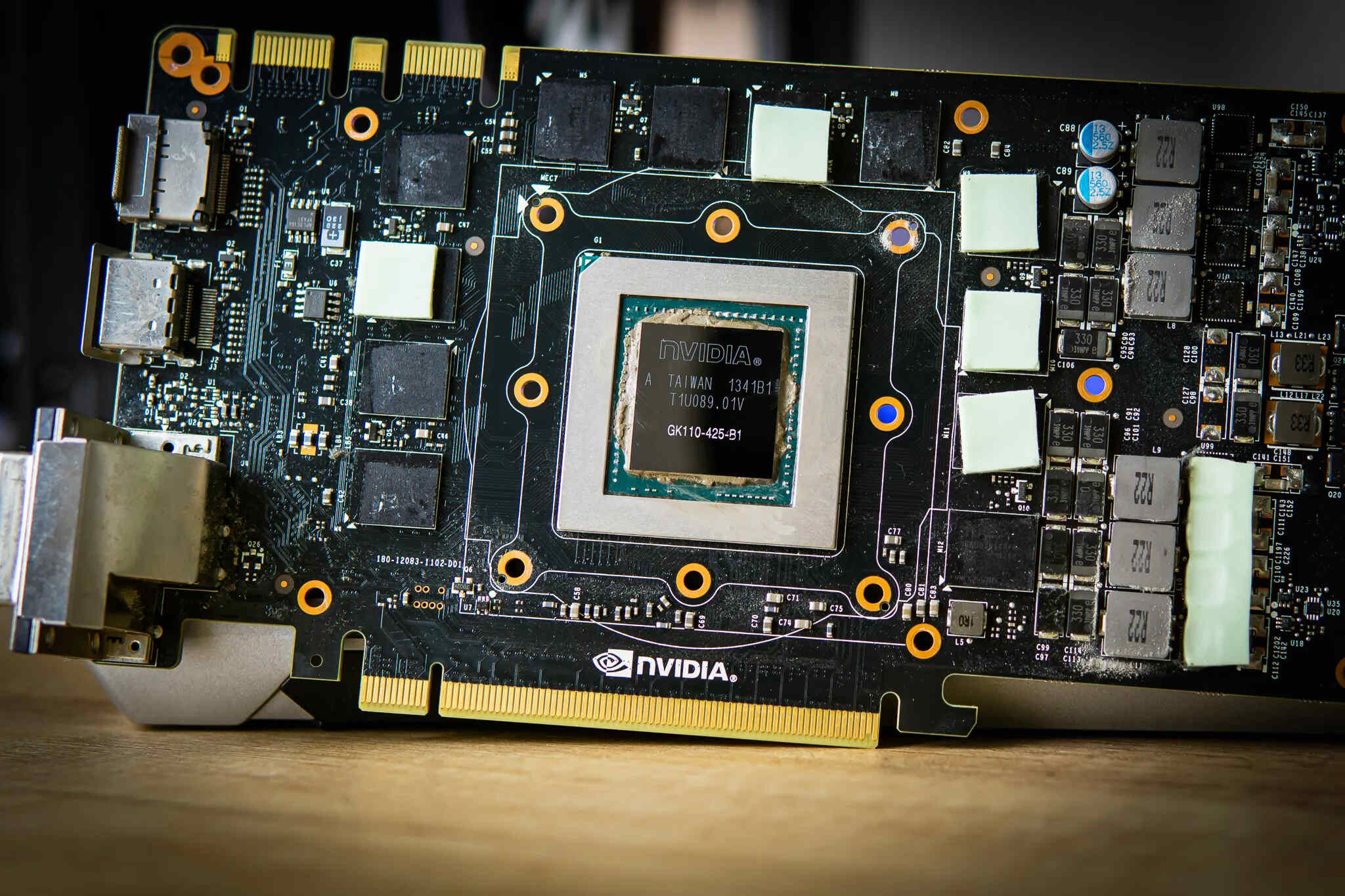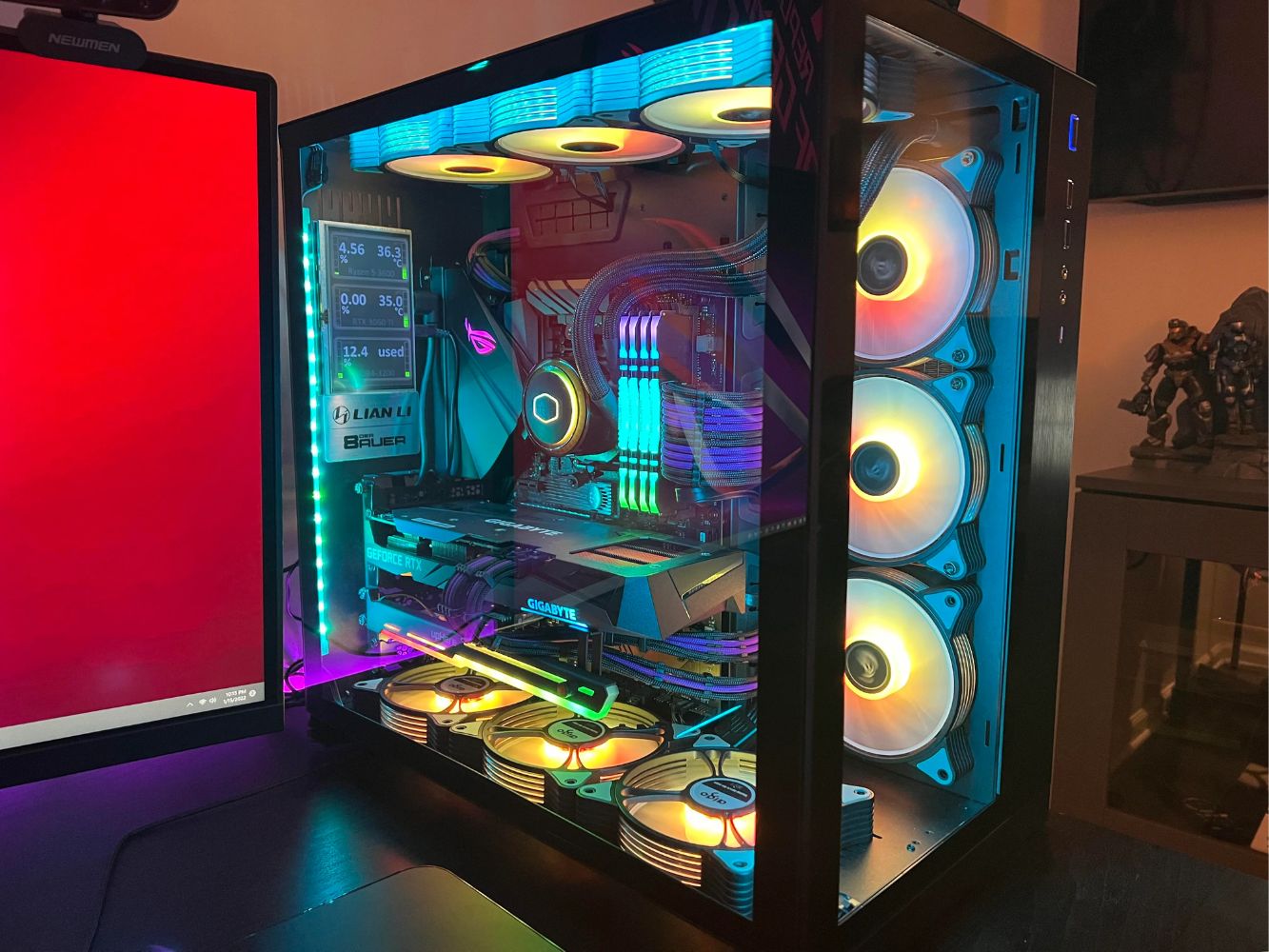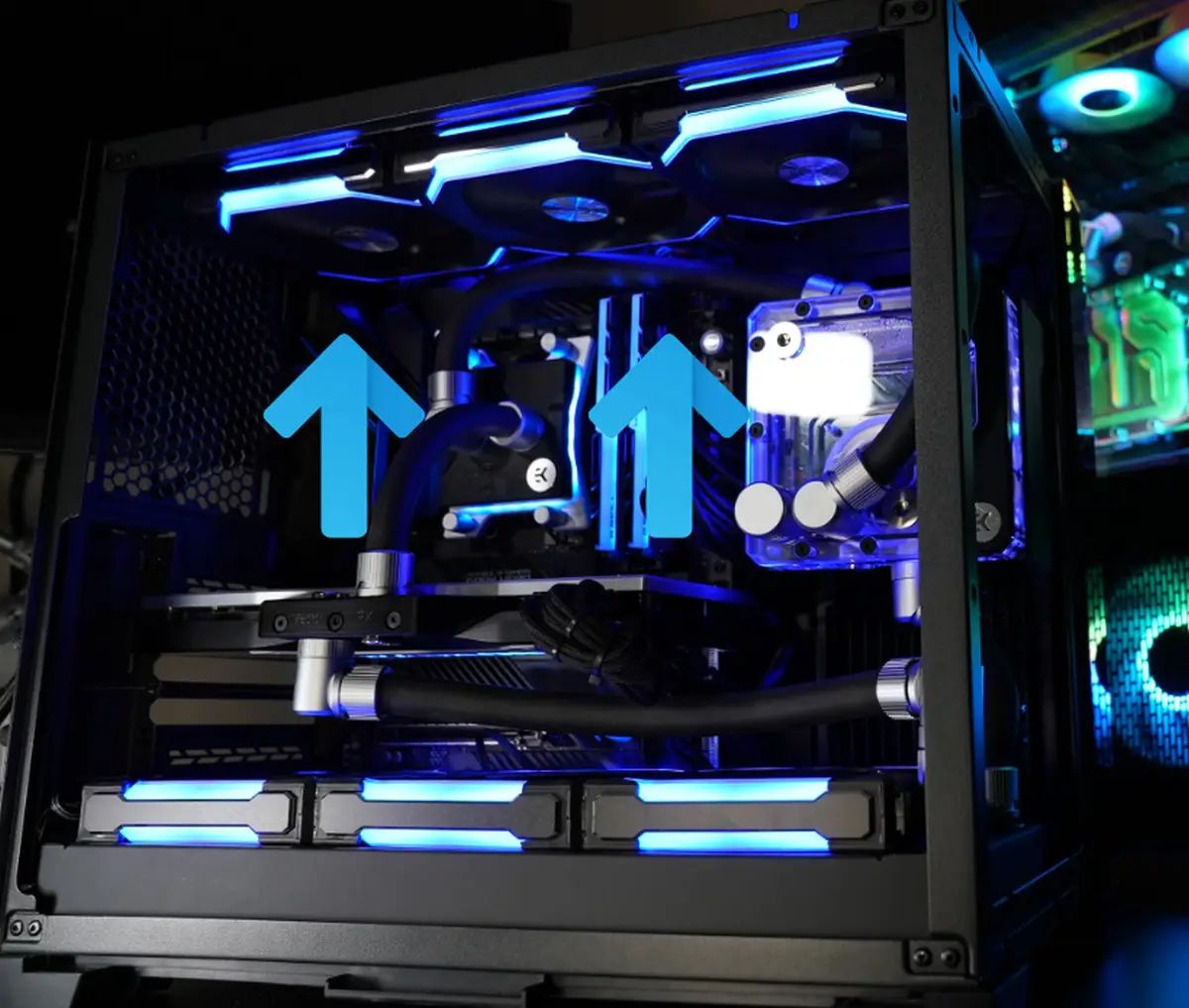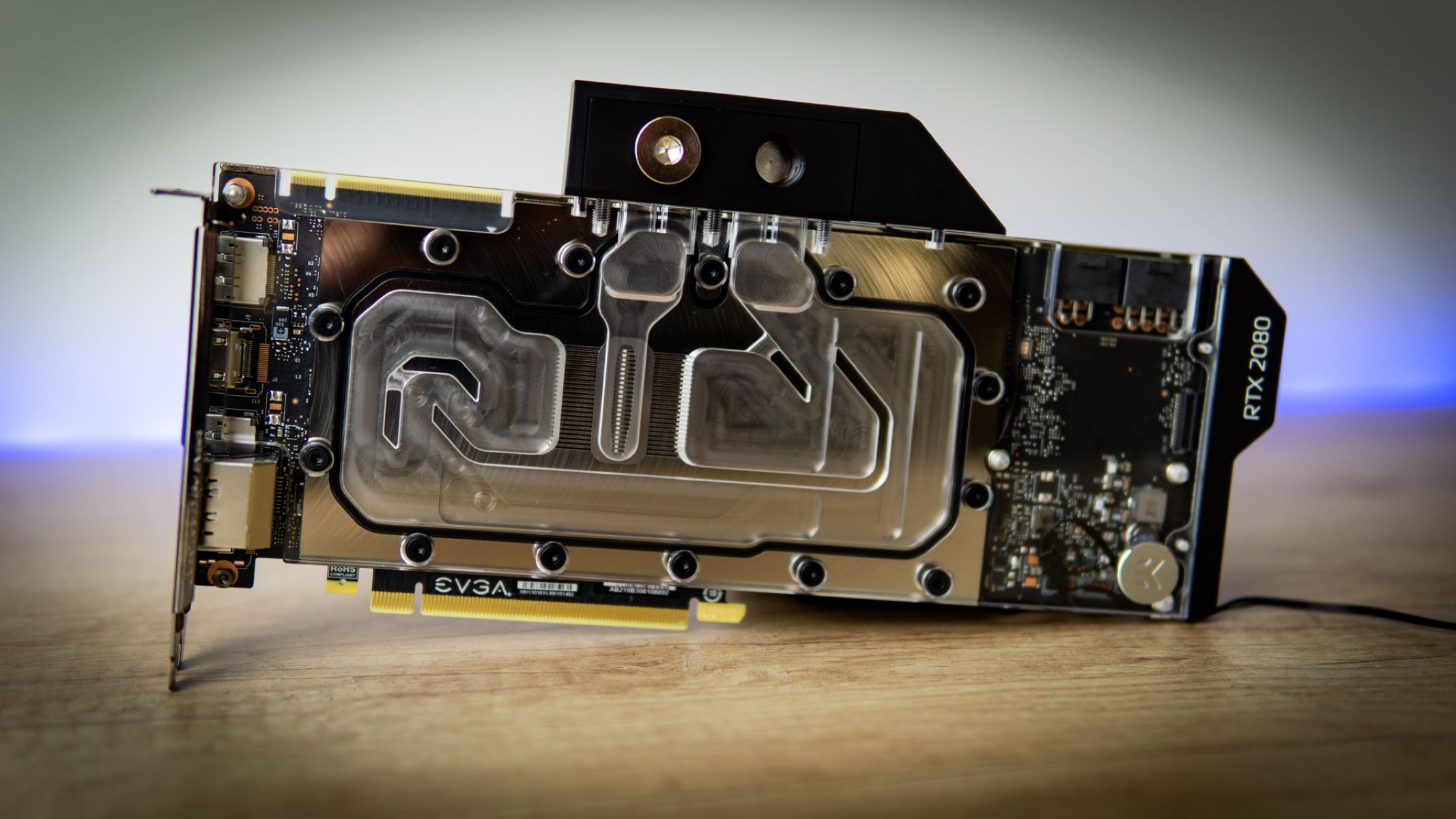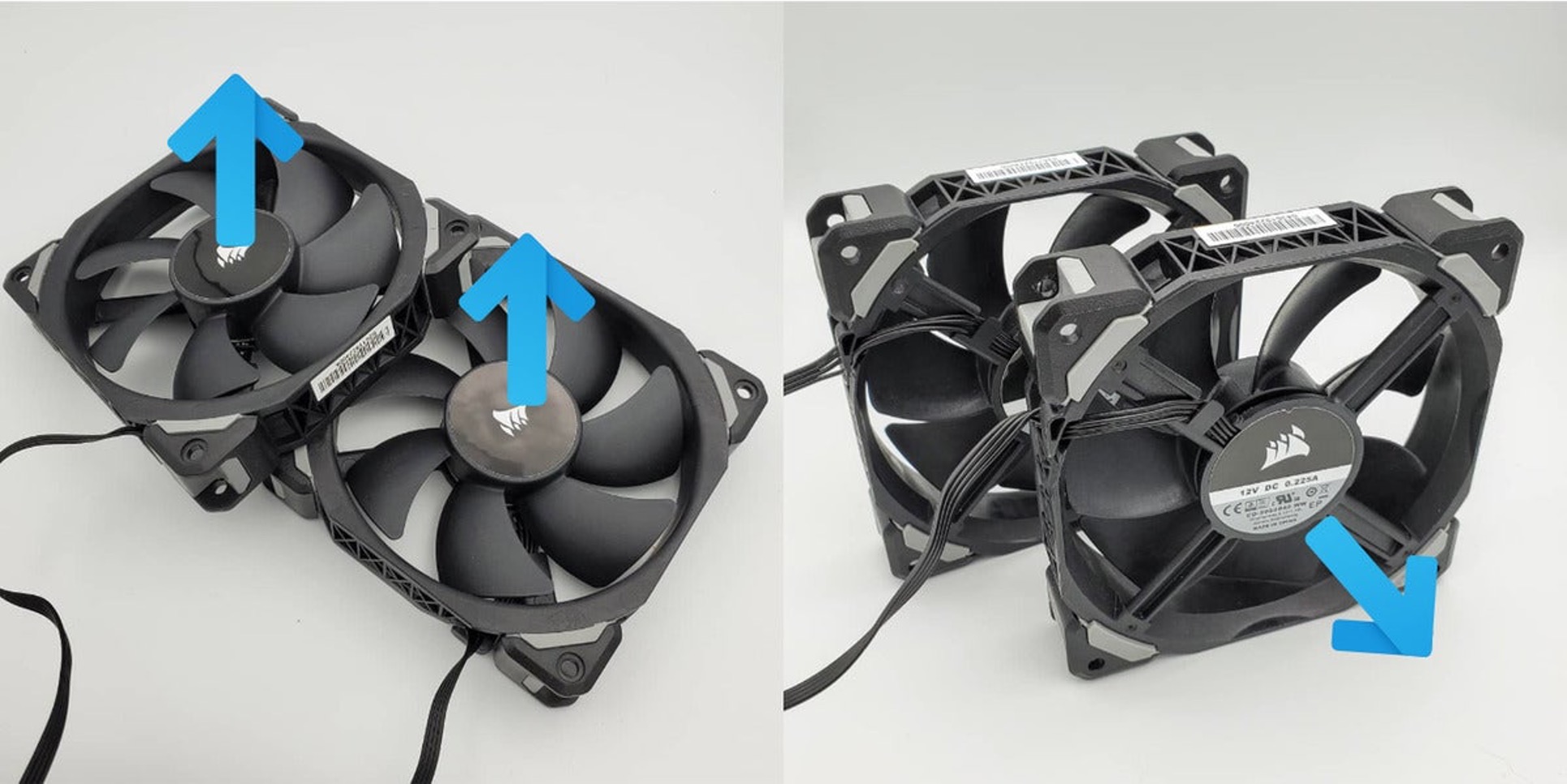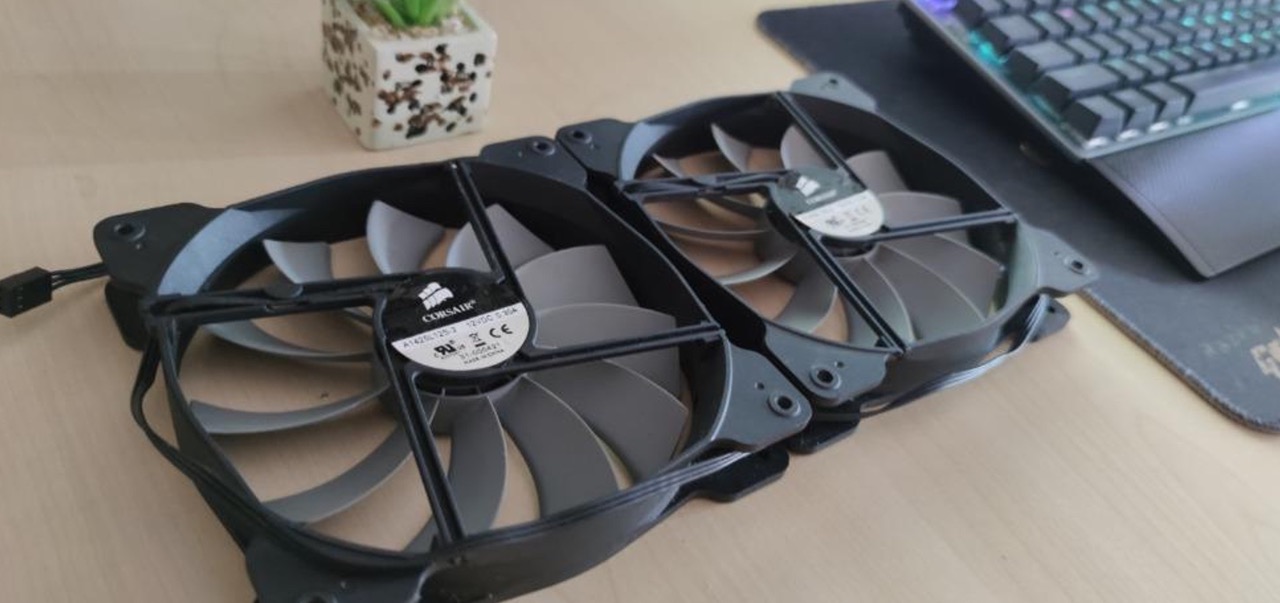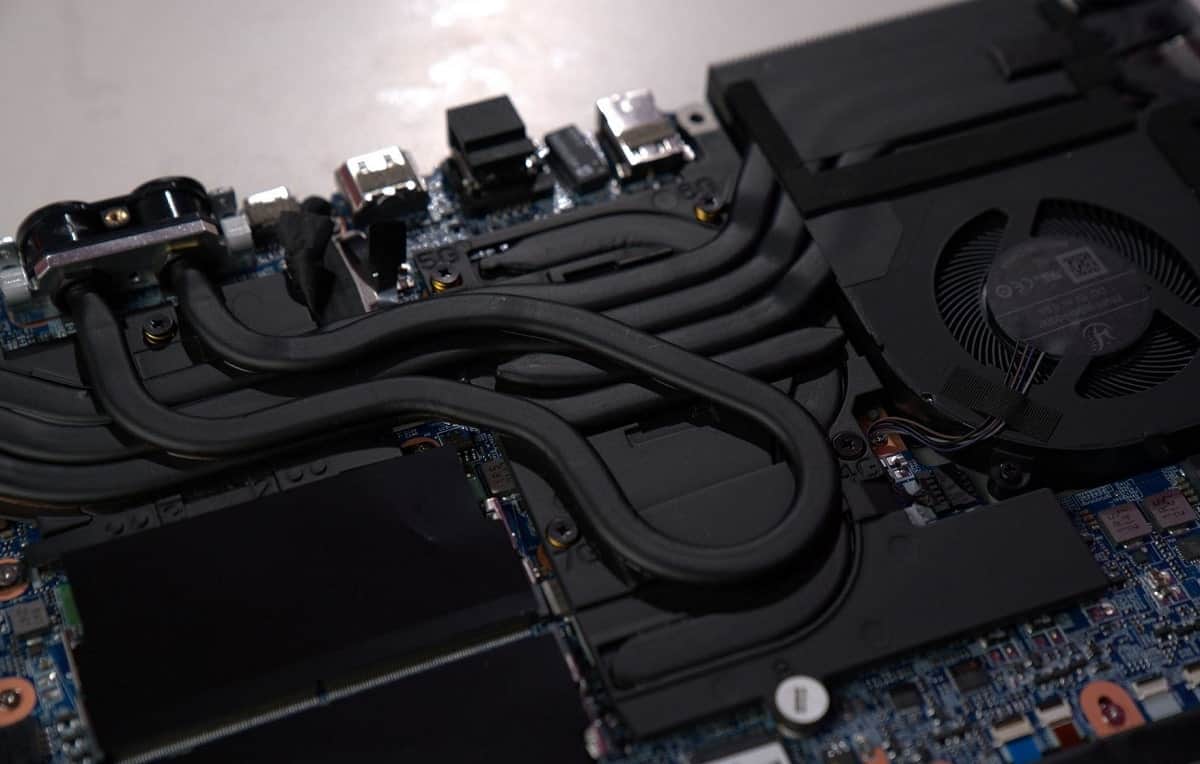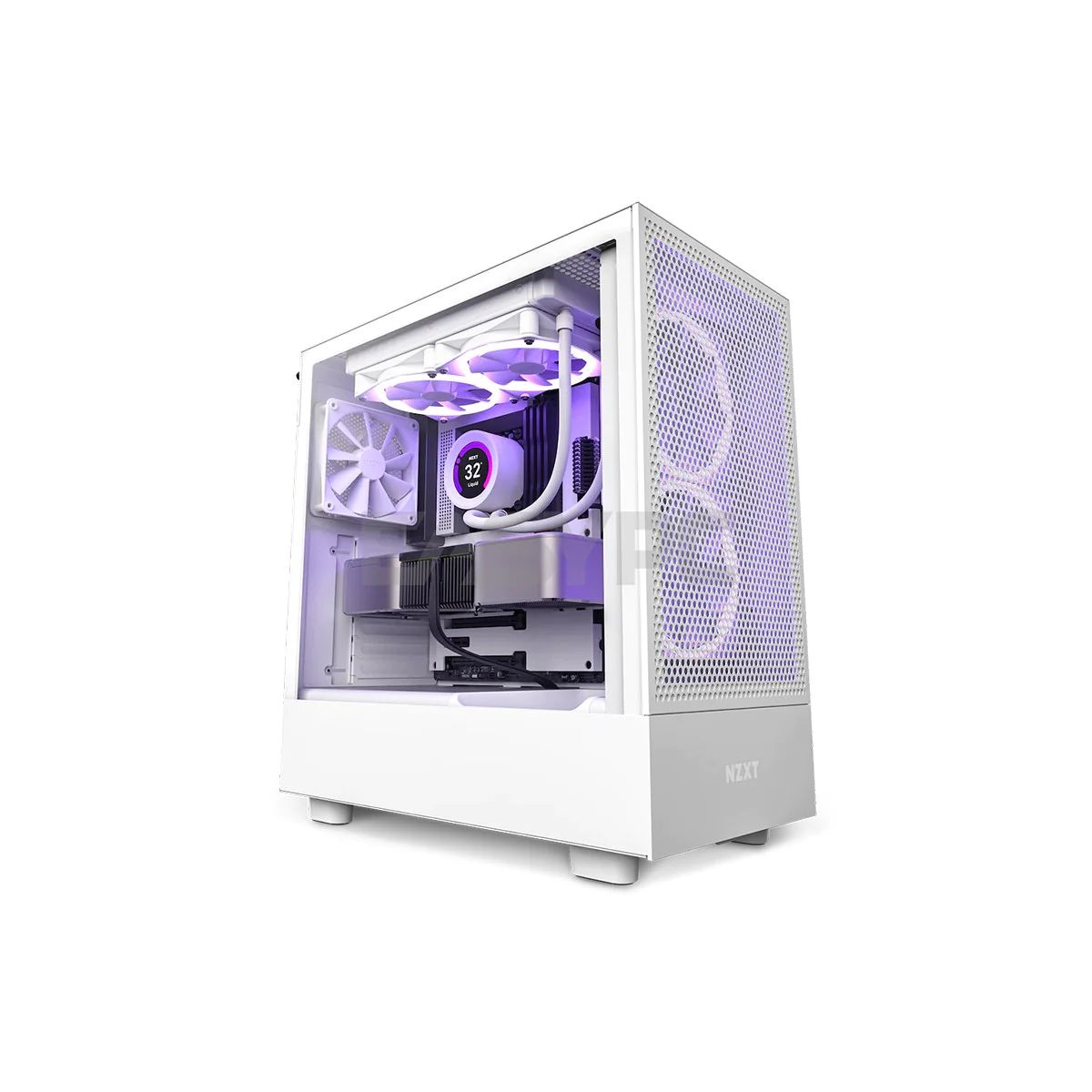What Is GPU Hotspot Temperature
GPU, or Graphics Processing Unit, is a crucial component of any modern computer system that handles the complex calculations required for graphics rendering. As GPUs push their performance boundaries, managing their temperature becomes crucial to ensure their longevity and optimal performance. One vital metric to consider is the GPU hotspot temperature.
The GPU hotspot temperature refers to the highest temperature recorded on the GPU die, where the most intensive computational tasks occur. It is different from the average temperature reported by monitoring software as it focuses on the specific hotspots that experience the highest thermal load. Understanding and monitoring GPU hotspot temperature is essential to prevent overheating, limit power consumption, and avoid performance throttling.
As GPUs become more advanced and power-hungry, managing the hotspot temperature becomes increasingly critical. High temperatures can cause various issues, including reduced performance, instability, and even permanent damage to the GPU. Therefore, keeping the GPU hotspot temperature within the recommended range is crucial for maintaining optimal performance and longevity.
Gaming enthusiasts and professionals who engage in resource-intensive tasks such as 3D rendering, video editing, and machine learning rely heavily on GPUs. These activities generate substantial heat, and without proper cooling and temperature management, the GPU can reach alarmingly high temperatures. Monitoring the GPU hotspot temperature allows users to take proactive measures to prevent thermal throttling, which occurs when the GPU automatically reduces its performance to cool down and avoid damage.
The GPU hotspot temperature is influenced by various factors, including the GPU’s architecture, clock speed, voltage settings, cooling solution, and ambient temperature. Higher clock speeds and voltage settings can increase the temperature, while efficient cooling solutions, such as advanced cooling fans or liquid cooling systems, can help keep the temperature in check.
Understanding GPU hotspot temperature is vital for optimizing performance and establishing a healthy operating environment for your GPU. In the following sections, we will discuss how to monitor and manage GPU hotspot temperature effectively to ensure that your GPU runs smoothly and remains in good condition.
Why GPU Temperature Is Important
The temperature of a GPU plays a critical role in its performance and overall health. Understanding why GPU temperature is important can help users make informed decisions about cooling solutions and system optimization. Here are some key reasons why GPU temperature should be closely monitored and managed:
1. Performance Optimization: GPU performance can be significantly impacted by high temperatures. As the temperature rises, the GPU may start to thermal throttle, reducing clock speeds to prevent overheating. This can lead to decreased frame rates, lag, and overall reduced performance in graphics-intensive tasks like gaming or rendering. By keeping the GPU temperature within the optimal range, users can maximize the potential of their GPUs and enjoy smooth and uninterrupted computing experiences.
2. System Stability: Excessive heat can cause instability in a computer system. When the GPU temperature exceeds safe limits, it can lead to system crashes, unexpected shutdowns, and data loss. By actively monitoring GPU temperature and ensuring it stays within acceptable levels, users can maintain a stable and reliable system.
3. Longevity: High temperatures can have a detrimental effect on the lifespan of GPU components. Exposing the GPU to prolonged periods of excessive heat can accelerate the degradation of the solder joints, capacitors, and other sensitive components. Over time, this can lead to hardware failures and costly repairs. By managing GPU temperature effectively, users can extend the lifespan of their graphics cards, saving money and ensuring their system’s longevity.
4. Power Efficiency: GPUs consume a significant amount of power, and high temperatures can increase power consumption even further. When a GPU runs hot, it requires additional energy to keep it cool, resulting in higher power consumption and increased electricity bills. By maintaining optimal GPU temperature, users can not only reduce power consumption but also contribute to a greener and more energy-efficient computing environment.
5. Noise Reduction: An overheating GPU often leads to increased fan speeds to dissipate the heat. This results in louder and more intrusive fan noise. By effectively managing GPU temperature through proper cooling solutions, users can reduce fan noise, creating a quieter and more comfortable computing environment.
In summary, GPU temperature is a crucial metric that impacts performance, stability, longevity, power consumption, and noise levels. By actively monitoring and managing GPU temperature, users can optimize performance, ensure system stability, extend the lifespan of their GPUs, reduce power consumption, and enjoy a quieter computing experience. In the following sections, we will delve into how to understand and manage GPU hotspot temperature effectively.
Understanding GPU Hotspot Temperature
GPU hotspot temperature is a critical aspect of ensuring the optimal performance and longevity of a graphics processing unit. To better grasp the concept, let’s dive into understanding GPU hotspot temperature:
1. Specific Hotspots: The GPU hotspot temperature refers to the highest temperature recorded on the GPU die, where the most intensive computational tasks occur. Unlike the average temperature reported by monitoring software, which provides a general overview of the GPU’s temperature, the hotspot temperature focuses on the specific areas that experience the highest thermal load.
2. Thermal Management: GPUs tend to generate heat when rendering complex graphics and performing demanding tasks. To prevent overheating and protect the GPU, it’s crucial to have effective thermal management. Monitoring the hotspot temperature helps identify potential issues and take necessary measures to prevent thermal throttling – a mechanism where the GPU reduces its performance to cool down and avoid damage.
3. Impact on Performance: High GPU hotspot temperatures can directly impact performance. As the temperature rises, the GPU may throttle its clock speeds to regulate the heat. This can result in decreased performance, lower frame rates, and delays in graphics rendering. To optimize GPU performance, it’s essential to keep the hotspot temperature within the recommended range.
4. Factors Influencing Hotspot Temperature: Several factors influence GPU hotspot temperature. These include the architecture of the GPU, clock speeds, voltage settings, cooling solutions, and ambient temperature. Higher clock speeds and voltage settings increase the temperature, while efficient cooling solutions, such as advanced cooling fans or liquid cooling systems, help keep the temperature in check.
5. Monitoring Tools: To understand and manage GPU hotspot temperature effectively, users can utilize various monitoring tools. These tools provide real-time temperature readings and allow users to track the temperature fluctuations during different tasks. By regularly monitoring the hotspot temperature, users can make informed decisions regarding cooling solutions and system optimization.
6. Safe Temperature Range: GPU manufacturers generally recommend a safe temperature range for their products. Staying within this range ensures optimal performance and longevity of the GPU. It’s important to note that different GPUs may have differing safe temperature thresholds, so consulting the manufacturer’s guidelines is vital in maintaining the GPU’s health.
Understanding GPU hotspot temperature is crucial for optimizing performance, identifying potential issues, and maintaining the longevity of the GPU. By monitoring the hotspot temperature and implementing proper cooling solutions, users can ensure that their GPUs operate within safe limits and deliver the best possible performance. In the following sections, we will explore how to effectively monitor and manage GPU hotspot temperature.
Factors that Affect GPU Hotspot Temperature
The GPU hotspot temperature is influenced by several factors that can impact its overall heat generation and dissipation. Understanding these factors is crucial for effectively managing GPU temperatures. Here are some key factors that can affect GPU hotspot temperature:
1. GPU Architecture: The architecture of the GPU plays a significant role in determining its thermal characteristics. Different GPU architectures have varying power requirements and thermal efficiencies, which can directly impact the hotspot temperature. Newer architectures often feature improvements in power efficiency and heat dissipation, resulting in lower hotspot temperatures compared to older generations.
2. Clock Speed and Voltage: GPU clock speed and voltage settings can directly influence the heat generated by the GPU. Higher clock speeds and voltage levels typically result in increased power consumption and higher temperatures. Overclocking, which involves pushing the GPU beyond its stock settings, can significantly raise the hotspot temperature. Adjusting clock speeds and voltage within the recommended limits can help maintain optimal temperatures.
3. Cooling Solution: The type and effectiveness of the cooling solution employed for the GPU can directly impact the hotspot temperature. The most common cooling solutions include air cooling (using fans or heatsinks), liquid cooling (using liquid coolant to dissipate heat), or a combination of both. Efficient cooling solutions with good airflow and proper heat dissipation can help keep the hotspot temperature within acceptable limits.
4. Ambient Temperature: The ambient temperature, or the temperature of the room or environment where the computer is located, can affect the GPU’s overall heat dissipation. Higher ambient temperatures can make it more challenging for the cooling system to dissipate heat effectively, resulting in higher hotspot temperatures. It is recommended to ensure proper ventilation and airflow in the computer’s vicinity to help maintain a cooler environment.
5. Workload Intensity: The workload intensity, or the level of computational tasks that the GPU is handling, can impact the hotspot temperature. Graphics-intensive tasks like gaming, 3D rendering, or video editing place a high computational load on the GPU, resulting in increased heat generation. Higher workload intensities can lead to higher hotspot temperatures, warranting effective cooling solutions to manage the heat generated.
6. Power Limit: GPU power limits, which can be adjusted through software and hardware settings, can affect the hotspot temperature. Increasing the power limit can allow the GPU to consume more power, potentially leading to higher temperatures. On the other hand, limiting the power consumption can help reduce the hotspot temperature but may result in decreased performance.
Understanding the factors that influence GPU hotspot temperature plays a vital role in effectively managing and optimizing GPU performance and longevity. By considering the GPU architecture, clock speeds, cooling solutions, ambient temperature, workload intensity, and power limits, users can make informed decisions to maintain the ideal temperature range for their GPUs. In the next sections, we will explore methods to monitor and manage GPU hotspot temperature effectively.
Monitoring GPU Hotspot Temperature
Monitoring the GPU hotspot temperature is crucial for maintaining optimal performance and preventing thermal issues. By keeping track of the temperature fluctuations, users can identify potential problems and take necessary action to ensure the GPU operates within safe limits. Here are some effective methods for monitoring GPU hotspot temperature:
1. GPU Monitoring Software: Many GPU manufacturers provide dedicated monitoring software that allows users to track various parameters, including temperature. These software tools provide real-time temperature readings, fan speeds, and other relevant information. Examples include MSI Afterburner, EVGA Precision X1, and ASUS GPU Tweak. Third-party software options, such as HWMonitor and GPU-Z, also provide temperature monitoring capabilities across a wide range of GPUs.
2. On-Screen Overlays: Some monitoring software enables the display of temperature readings as an on-screen overlay while gaming or using resource-intensive applications. This feature allows users to monitor GPU hotspot temperature without having to switch between different windows or applications. It provides real-time temperature feedback, enabling users to actively manage and optimize temperature levels during their activities.
3. Dashboard Widgets: Certain monitoring software provides customizable dashboard widgets that can be placed on the desktop. These widgets display essential system information, including GPU temperature, in real-time. Users can configure the widgets to monitor the GPU hotspot temperature continuously and receive visible alerts if the temperature exceeds a predefined threshold.
4. Hardware Monitoring: Many modern GPUs come equipped with onboard sensors that monitor temperature. Users can access this information through the motherboard’s BIOS or firmware settings. Additionally, hardware monitoring devices such as thermal probes or temperature sensors can be used to measure GPU hotspot temperature in real-time. These external devices provide accurate and independent temperature readings for efficient monitoring.
5. Mobile Apps: Certain mobile applications allow users to remotely monitor GPU temperature. These apps connect to the computer through network connectivity and display real-time temperature readings directly on the user’s mobile device. This feature provides users with the convenience of monitoring GPU temperature even when away from the computer, enabling them to take immediate action if the temperature rises to unsafe levels.
By employing these monitoring methods, users can stay informed about the GPU hotspot temperature and prevent any potential thermal issues. Regular temperature monitoring, especially during resource-intensive activities, provides valuable insights into the GPU’s performance and enables proactive measures to maintain optimal temperature levels. In the upcoming sections, we will delve into effective strategies for managing GPU hotspot temperature and keeping it within safe, recommended ranges.
Managing GPU Hotspot Temperature
Effectively managing GPU hotspot temperature is crucial to ensure optimal performance, prevent thermal throttling, and increase the longevity of the graphics card. Here are some strategies for managing GPU hotspot temperature:
1. Proper Airflow and Ventilation: Ensuring proper airflow within the computer case is essential. Make sure the case has adequate ventilation, and the cooling fans are working optimally. Removing any obstructions around the GPU and maintaining a clean and dust-free environment can help improve airflow, allowing for better heat dissipation.
2. Efficient Cooling System: Upgrading to an efficient cooling solution can significantly impact GPU temperature. Consider options such as aftermarket cooling fans, heatsinks, or liquid cooling systems for improved heat dissipation. Aftermarket cooling solutions are often more effective than stock coolers, offering better heat dissipation and lower temperatures under heavy loads.
3. Undervolting: Undervolting involves reducing the voltage supplied to the GPU while maintaining stable performance. This can help lower power consumption and subsequently reduce heat generation. Undervolting should be done carefully, ensuring stability, and monitoring for any adverse effects on performance. Consult online forums or manufacturer recommendations for safe undervolting ranges specific to your GPU.
4. Proper Cable Management: Organizing and tidying the cables inside the computer case can improve airflow and prevent obstructing the fans or airways. Proper cable management leads to better airflow, assisting in keeping the GPU and other components cool.
5. Custom Fan Curves: Many GPU software utilities allow users to customize the fan curve, adjusting the fan speed based on the GPU temperature. Creating a more aggressive fan curve can help keep the GPU cooler under heavy loads, at the expense of increased fan noise. Finding a balance between temperature and noise is essential for an efficient fan curve setup.
6. Thermal Paste Replacement: Replacing the thermal paste between the GPU die and the heatsink can improve heat transfer, reducing GPU temperatures. Over time, thermal paste can degrade and lose its effectiveness. Carefully following manufacturer instructions, cleaning off the old paste, and applying a high-quality thermal paste can help optimize heat transfer and lower temperatures.
7. Overclocking with Caution: Overclocking the GPU can increase performance but can also raise temperatures. If overclocking, ensure that the GPU temperature remains within acceptable limits under heavy workloads. Monitor the hotspot temperature closely and revert to stock settings or lower the overclock if temperatures become too high.
8. Regular Cleanup: Periodically cleaning dust and debris from the GPU and its cooling components is essential. Dust buildup can hamper heat dissipation and cause temperatures to rise. Use compressed air or a soft brush to clean the GPU, fans, and heatsinks, ensuring the surfaces are clear of any obstructions.
By implementing these strategies, users can effectively manage GPU hotspot temperature, keeping it within safe limits and optimizing performance. It is crucial to strike a balance between temperature and noise levels, as well as considering the GPU’s specific requirements and limitations. In the next section, we will provide additional tips and best practices for maintaining an optimal GPU hotspot temperature.
Tips for Keeping GPU Hotspot Temperature in Check
Keeping GPU hotspot temperature in check is essential for optimal performance, stability, and longevity of the graphics card. Here are some practical tips to help you maintain a healthy GPU temperature:
1. Adequate Case Cooling: Ensure your computer case has proper cooling setup. Consider adding additional fans or upgrading to more efficient cooling solutions like liquid cooling if necessary. Good case ventilation helps to dissipate heat effectively and keeps the GPU temperature within acceptable limits.
2. Clean Dust Regularly: Dust accumulation on the GPU and its components can impede heat transfer and cause temperatures to rise. Clean the GPU periodically using compressed air or a soft brush to remove dust and debris. Pay attention to the cooling fans and heatsinks, as they tend to accumulate dust more rapidly.
3. Optimize Fan Curves: Adjusting the fan curves in GPU software utilities allows you to customize fan speed based on temperature. Create an aggressive fan curve that ramps up fan speed as the GPU temperature increases to effectively manage heat. Find a balance between temperature and noise that suits your preferences and cooling requirements.
4. Maintain Proper Cable Management: Organize cables within your case to ensure unobstructed airflow. Tidy cables away from the GPU and other components to allow cool air to flow freely. This helps to prevent hotspots and promotes better overall system cooling.
5. Consider Aftermarket Cooling Solutions: If you have a high-performance GPU or engage in heavy computational tasks, consider investing in aftermarket cooling solutions. Upgrading to larger heatsinks, installing more efficient fans, or opting for liquid cooling can significantly reduce GPU temperatures and provide better overall cooling performance.
6. Monitor and Adjust GPU Clock Speeds: Monitoring GPU clock speeds and adjusting them to reasonable levels can help manage temperature. Higher clock speeds generate more heat, so reducing clock speeds slightly can alleviate thermal stress on your GPU without sacrificing performance significantly.
7. Periodically Replace Thermal Paste: Over time, thermal paste between the GPU die and heatsink can degrade and lose efficiency. Consider replacing the thermal paste periodically to ensure optimal heat transfer. Follow manufacturer guidelines and use high-quality thermal paste for maximum effectiveness.
8. Monitor Ambient Temperature: Ambient temperature directly affects the GPU temperature. Keep your computer in a well-ventilated room and ensure sufficient airflow around the case. Avoid placing your computer near heat sources like radiators or direct sunlight, as this can increase ambient temperature and potentially impact GPU temperature.
9. Avoid Overclocking Excessively: While overclocking can provide performance benefits, it increases heat generation. Be cautious when overclocking and monitor the hotspot temperature closely. If temperatures exceed safe limits, consider scaling back the overclock or investing in better cooling solutions.
10. Regularly Update GPU Drivers: Outdated or buggy GPU drivers can cause increased heat generation and poor performance. Ensure that you have the latest GPU drivers installed, as driver updates may include optimizations that can improve temperature management and overall efficiency.
By following these tips, you can effectively keep GPU hotspot temperature in check and ensure optimal performance, stability, and longevity of your graphics card. Remember to monitor temperatures regularly and make adjustments as needed to maintain a safe and efficient operating environment for your GPU.
Conclusion
Managing GPU hotspot temperature is crucial for optimizing performance, ensuring stability, and increasing the longevity of your graphics card. By understanding GPU hotspot temperature and implementing effective monitoring and management strategies, you can maintain optimal temperatures and prevent thermal-induced issues.
Throughout this article, we discussed what GPU hotspot temperature is and why it is important to consider. We explored the factors that can affect GPU hotspot temperature, such as GPU architecture, clock speeds, cooling solutions, ambient temperature, workload intensity, and power limits. By understanding these factors, you can better manage and optimize your GPU’s temperature.
We also covered methods for monitoring GPU hotspot temperature, including the use of GPU monitoring software, on-screen overlays, dashboard widgets, hardware monitoring, and mobile apps. Proper temperature monitoring allows you to stay informed about the temperature fluctuations of your GPU and take necessary actions when required.
Additionally, we provided tips for effectively managing GPU hotspot temperature, such as ensuring proper airflow and ventilation, using efficient cooling solutions, undervolting, maintaining proper cable management, customizing fan curves, and periodically replacing thermal paste.
By following these tips and implementing appropriate temperature management practices, you can optimize GPU performance, prevent thermal throttling, ensure system stability, extend the lifespan of your graphics card, reduce power consumption, and enjoy a quieter computing experience.
Remember to regularly clean your GPU, keep an eye on ambient temperatures, avoid excessive overclocking, update GPU drivers, and consult manufacturer guidelines for safe temperature ranges specific to your GPU model.
In conclusion, managing GPU hotspot temperature is an essential aspect of maintaining a healthy and efficient computer system. By actively monitoring and implementing effective cooling and temperature management strategies, you can ensure that your GPU operates within safe temperature limits and delivers optimal performance for years to come.







